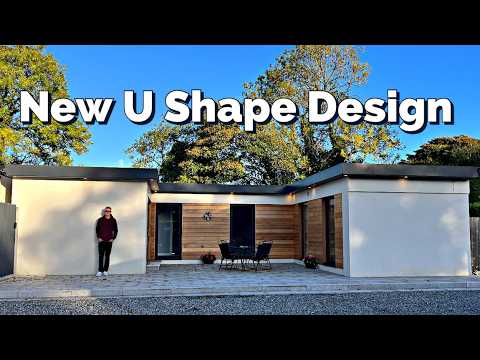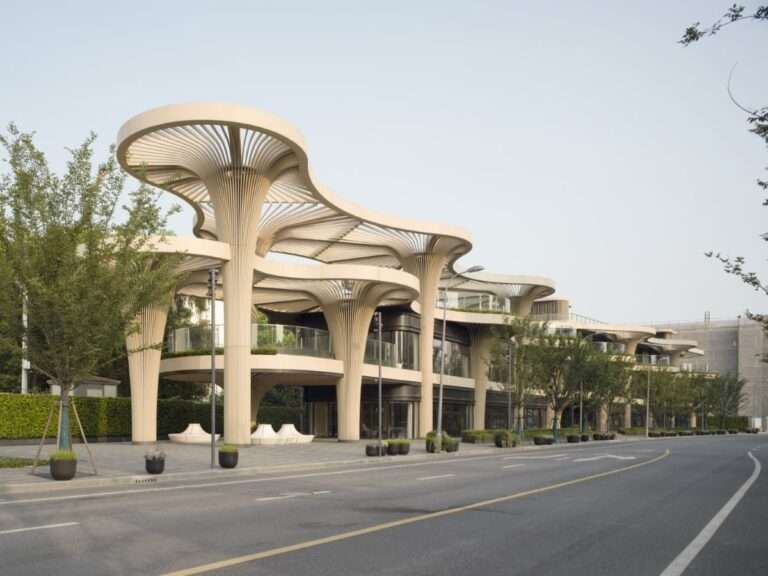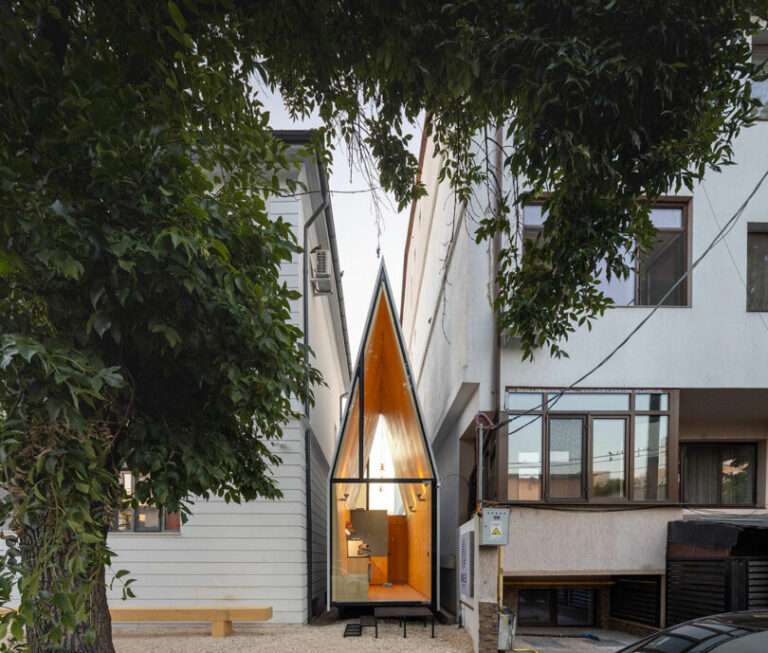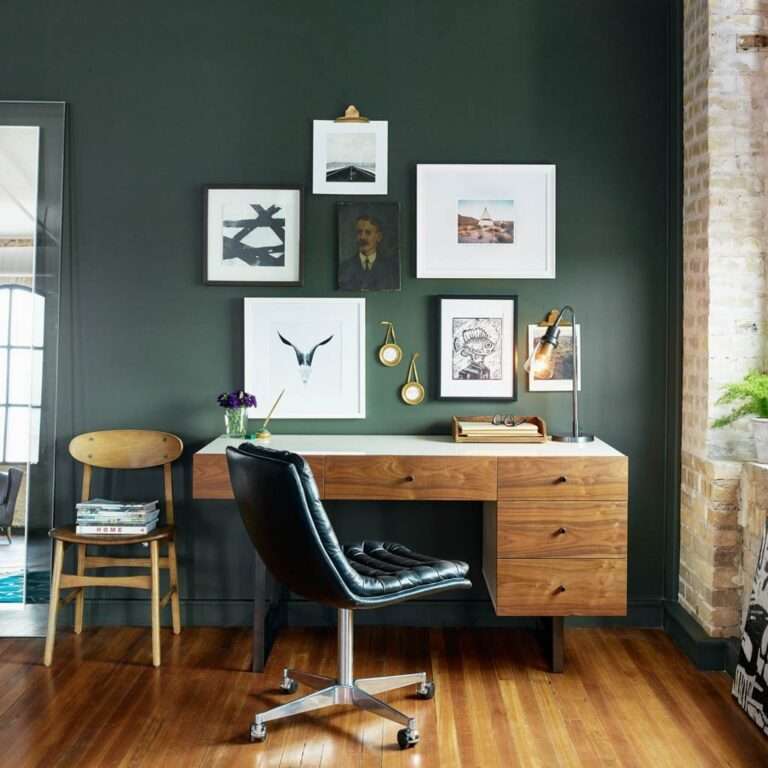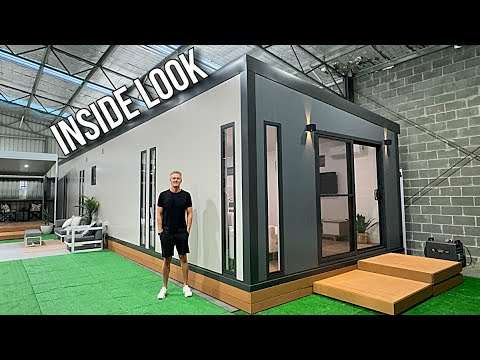Located on a quiet cul-de-sac, the Forgetting Time House is a sincere homage to serenity and balance. Designed by the renowned Wallflower Architecture + Design, this 14,000-square-foot residence in Singapore is a sanctuary for enjoying nature and living with tranquility, providing its inhabitants with the opportunity to escape the hustle and bustle of everyday life and reconnect with moments of pure relaxation. Inspired by carefree childhood memories, the house is an invitation to relive the magical sensation of timeless moments, where concerns about the clock disappear and life flows smoothly.
Upon entering through the imposing porte-cochère, the gaze is immediately drawn to the lush garden and the majestic pool that make up a lush tropical setting. The architectural project, centered around a biophilic courtyard, features a charming collection of Frangipani trees carefully distributed across all floors, creating a harmonious interaction between the indoor spaces and the surrounding nature. The subtle combination of elements such as wooden screens and travertine stone provides a sense of balance and harmony, reinforcing the connection with the natural environment.
The house exudes an atmosphere of serenity and contemplation, providing ample moments of introspection and relaxation. The generous influx of natural light and the permeability between the internal and external spaces invite a deceleration, allowing residents to appreciate every detail of the lush tropical landscape. The second-floor rooms, connected to the central courtyard through elegant wooden screens, offer a contrast between solidity and voids, creating a cozy yet connected feeling with the surrounding nature.
The travertine staircase, with its wooden screen structures, leads to a private study at the top of the residence, offering a discreet and tranquil space, perfect for contemplating the surrounding green exuberance. In its essence, the Forgetting Time House is an invitation to live fully, where architecture merges with nature, and time seems to dissipate, leaving space for an immersive and revitalizing experience.
Credits:
Project name: Forgetting Time House
Location: SINGAPORE
Architects: Wallflower Architecture + Design
Year: 2022
Manufacturers: Gessi, JUNG, Bette, Ares, Arkos, Big Ass Fan, Dekton, FLOS, Kone, OLIVARI, Villeroy & Boch
Structural Engineering: GCE Consulting Engineers
M&E Consultants: ALLZ Consulting Services
Quantity Surveyors: KH Lim Quantity Surveyors
Landscape Contractors: Nyee Phoe Flower Garden Pte Ltd
Photographer: Wallflower Architecture + Design & Marc Tan Shengyi
